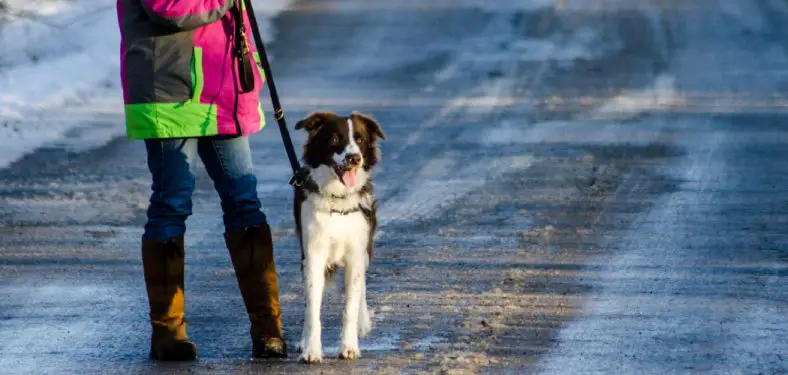A dog leash is a necessary tool for every dog owner. It keeps your dog safe and under control while you’re out on walks, at the park, or anywhere else. But leashes can get damaged, wear down, or break with time and use. When that happens, it’s important to know how to fix a dog leash so you can continue using it safely.
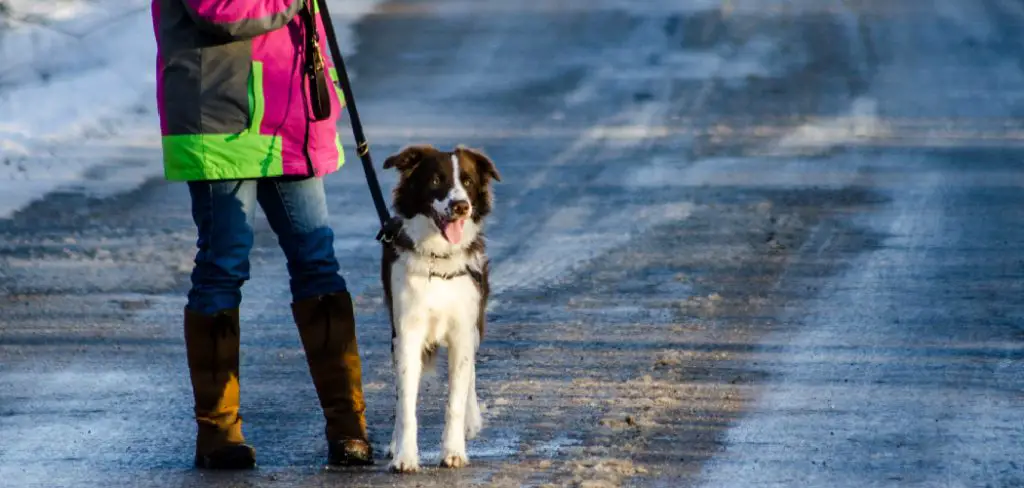
Contents
What Is a Dog Leash?
A dog leash is a device to restrain or leads a dog by attaching it to the animal’s collar or harness. A leash can be made from various materials, including leather, nylon, or rope. The length of a leash can also vary, and there are leashes specifically designed for different activities, such as walking, running, or training.
While some dog owners opt to use a leash all the time, others only use one when necessary, such as when taking the dog on a walk or to the vet. No matter what type of leash you choose, it is important to ensure that it is comfortable for you and your dog.
Why Should You Fix a Dog Leash?
Dogs are one of the most popular pets worldwide and for a good reason. They make great companions, are always happy to see you and offer loyalty that’s hard to find. But owning a dog also comes with responsibility. One of the most important things you need to do as a dog owner is to ensure your pet is properly trained.
A big part of training is using a leash, and it’s important to ensure that your leash is in good condition. A frayed or broken leash can be dangerous for you and your dog. If the leash breaks while you’re out walking, your dog could run into traffic or get lost. And if the leash is frayed, it could cut or injure your hand.
Simply put, it’s just not worth the risk. So if your leash shows signs of wear, take the time to replace it before heading out on your next walk. Your dog will thank you for it.
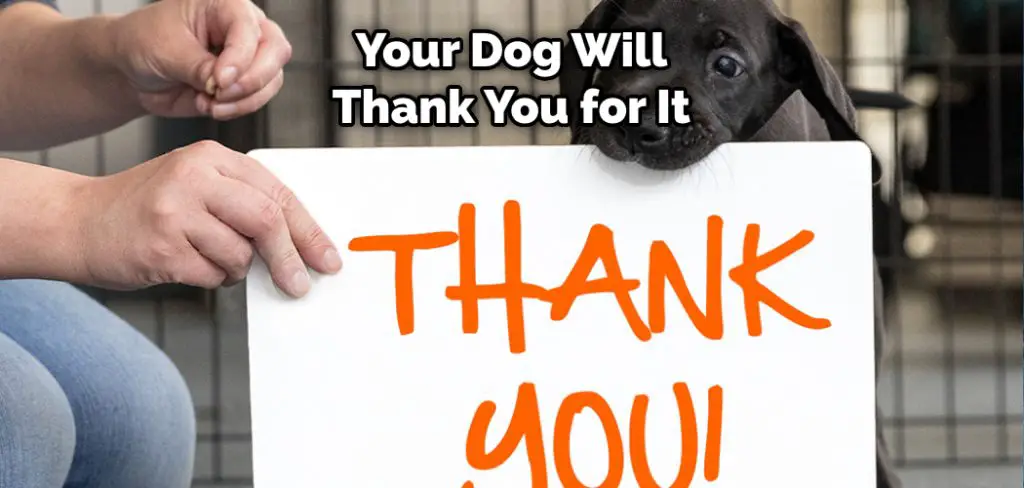
7 Tips to Follow on How to Fix a Dog Leash
1. Fixing a Damaged Leash
If your leash is damaged, there are a few things you can do to repair it. If the damage is small, like a loose stitch or hole, you can try to repair it with a needle and thread. If the damage is more significant, like a tear or fraying, you can use duct tape or superglue to hold the leash together until you can replace it temporarily.
2. Fixing a Wear and Tear Leash
Over time, leashes can start to show signs of wear and tear. For example, the material can become frayed or stripped, and the hardware can become loose or detached. If this happens, you’ll need to replace the leash. You can buy a new leash from a pet store or online retailer or make your own by following one of the many DIY tutorials available online.
3. Fixing a Leash that’s Too Short
If your leash is too short, you can try to lengthen it by knotting the end of the leash to the middle. This will give you some extra length to work with, but it may make the leashless comfortable to use. If possible, you should try to find a leash that’s the right length for you and your dog.
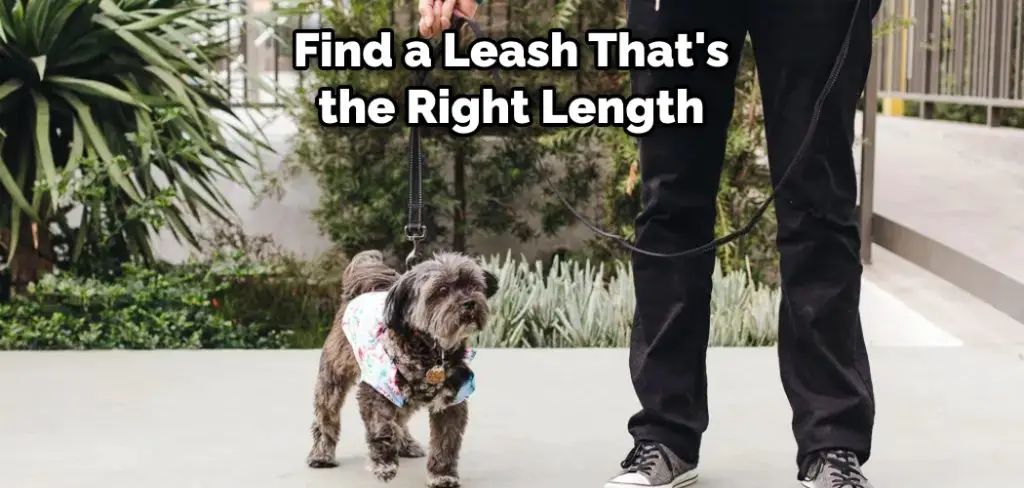
4. Fixing a Leash that’s Too Long
If your leash is too long, you can try to shorten it by tying a knot in the middle of the leash. This will make the leash shorter and easier to handle. You can also try using a clip or carabiner to attach the leash to your belt loop or pocket. This will keep the leash close to your body and prevent it from getting tangled.
5. Fixing a Leash that’s Too Flimsy
If your leash is too flimsy, you can try to reinforce it by wrapping duct tape or electrical tape around the leash. This will make the leash stronger and less likely to break. You can also try using a stronger leash material, like leather or nylon.
6. Fixing a Leash that’s Too Stiff
If your leash is too stiff, you can try to soften it by soaking it in warm water. This will make the leash more pliable and easier to use. You can also try using a softer leash material, like cotton or hemp.
7. Fixing a Noisy Leash
If your leash is making noise, you can try to silence it by wrapping duct tape or electrical tape around the leash. This will help to muffle the noise and make it less noticeable. You can also try using a quieter leash material, like leather or nylon.
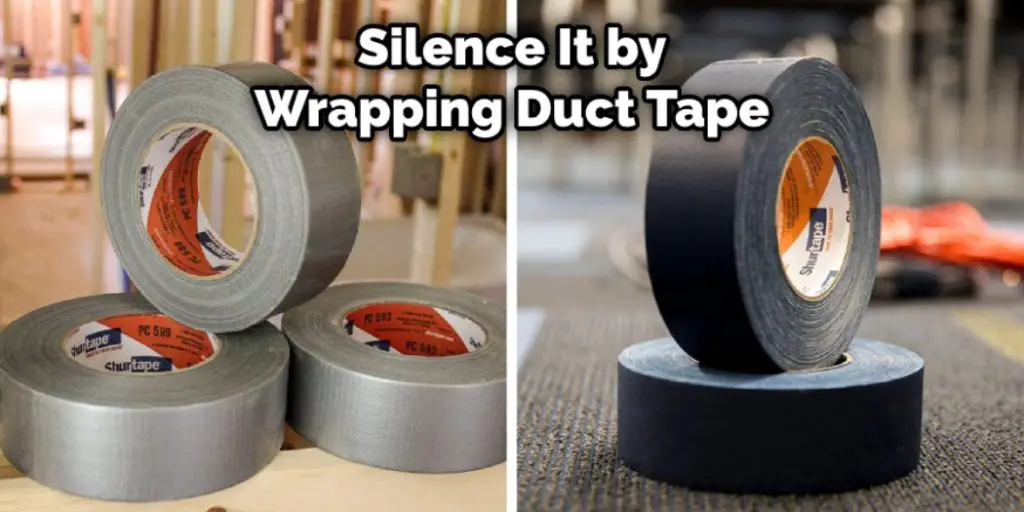
That’s it! You’ve now learned how to fix a dog leash. With these tips, you’ll be able to keep your dog’s leash in good condition and prevent it from breaking or becoming damaged.
How to Fix a Dog Leash When It’s Frozen
If your dog’s leash is frozen, don’t despair! You can take a few easy steps to thaw it out and get it working again. First, try running the leash under warm water. If that doesn’t work, you can place it in a bowl of hot water for a few minutes.
If the leash is frozen, you can try using a hairdryer in the low or medium setting. Once the ice has melted, be sure to dry the leash completely before using it again. With a little time and patience, your dog leash will work like new again in no time!
How to Fix a Leather Dog Leash
Over time, even the best-made leather dog leash can suffer from wear and tear. But there’s no need to buy a new leash when a little bit of repair will do the trick. With just a few supplies and a little time, you can have your leash look new.
First, gather your supplies. You’ll need a scrap of leather, some strong thread, a needle, and a pair of scissors. Cut the leather into about an inch wide and six inches long strips. Then thread your needle and tie a knot at the end of the thread.
Next, find the spot on the leash where the damage is. If there is a large hole, you may want to patch it with two pieces of leather rather than one. Starting at one end of the hole, sew the strip of leather onto the leash with small, close stitches.
Be sure to go through both leather layers if you use two pieces. Continue sewing until you reach the other end of the hole. Then tie off your thread and trim any excess leather or thread.
Now your leash is as good as new! With just a little bit of care, it will last for years to come.
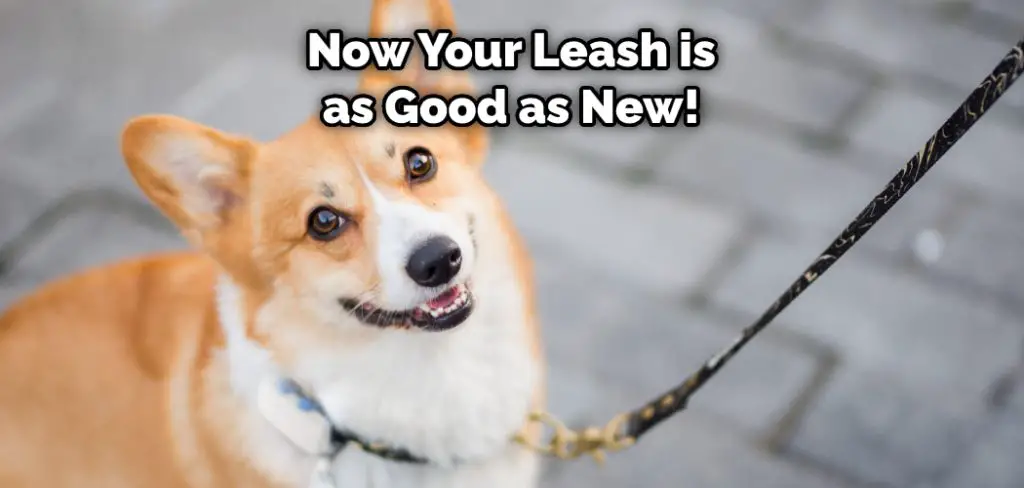
How to Fix a Tangled Dog Leash
Any dog owner knows the frustration of a tangled leash. The good news is that there are a few simple tricks to Untangling a dog leash. First, try holding the end of the leash in one hand and the handle in the other. Then, gently pull on both ends while rights are winding the leash around your hand. This method works best with leashes that are made of thinner materials such as nylon.
If the leash is made of thicker material, such as leather, try using a butter knife to pry the tangled sections gently. Once you have untangled the leash, be sure to store it in a place where it will not become tangled again.
A simple solution is to wrap the leash around a doorknob or post before putting it away. By following these simple tips, you can keep your dog’s leash untangled and ready for use.
Fixing a Dog Leash that Keeps Coming Undone
A dog leash is essential for any pet owner, providing a way to keep your furry friend safe and under control while out on walks. However, leashes can sometimes become undone, causing the dog to wander off or making it difficult to keep a steady grip on the animal. There are a few different ways to fix this problem.
First, double-check that the leash is properly attached to the collar or harness. If the connection is loose, try tightening it or using a stronger clip. If the leash itself is damaged, try replacing it with a new one.
Finally, make sure you use the proper size leash for your dog. A too-small leash may come undone more easily, while a too-large leash can be difficult to control. Following these tips can help ensure that your dog stays safe and secure while out on walks.
Conclusion
A broken or damaged leash doesn’t have to mean the end of your walks—or your relationship with your furry friend. With some know-how, you can easily fix the most common problems with dog leashes. So grab that needle and thread (or duct tape!) and get started. Your dog will thank you for it! Thanks for reading our post about how to fix a dog leash.

